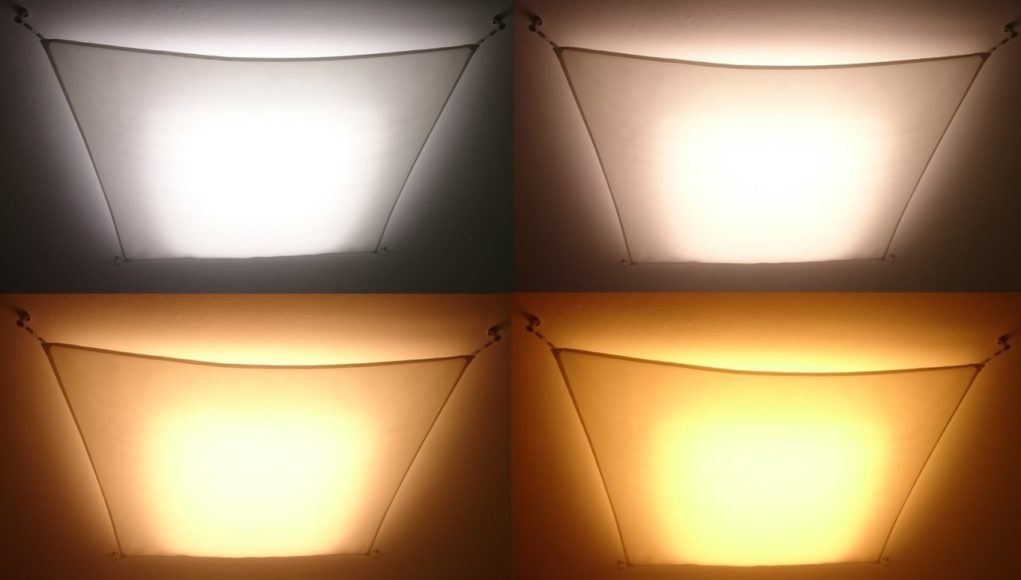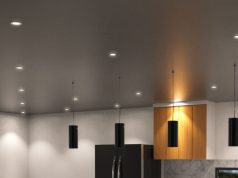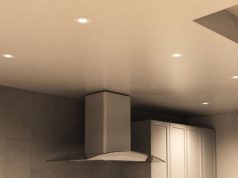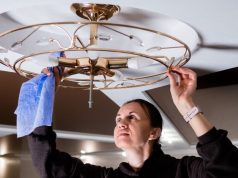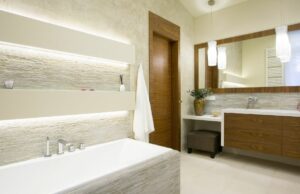Warm white vs cool white vs natural white light – that’s the question. Choosing the right light bulb colour is a decision that many people have to make. Many couples have probably had very long debates on this subject. What do the terms’ warm’, ‘natural’, and ‘cool’ white mean? Does it refer to the heat the bulb gives off or something else? Don’t worry because we’re here to explain everything that you need to know!
When LEDs first arrived on the market, most of them gave off a bluish hue and weren’t always appropriate for different types of applications. Many people wouldn’t buy them for their homes because they are new and unproven technology that’s more expensive than incandescent or fluorescent lights. Fortunately, it made a comeback with improved specifications and a consumer-friendly cost. Now, it’s more energy-efficient, and you can choose the colour of light the bulb produces.
What are Warm White Light, Natural White Light, and Cool White Light?
The terms cool, natural, and warm don’t refer to the heat bulbs give off, but the colour of light they emit. The colour “temperature” describes how many tints of white are available in the bulbs and is measured in kelvins. The scale starts at red, then moves towards yellow tones, and ends at blue. You can choose bulbs that emit soft, warm tones, neutral white colour, or crisp, cool light. This spectrum allows you to select the appropriate colours for a particular room depending on the function of each.
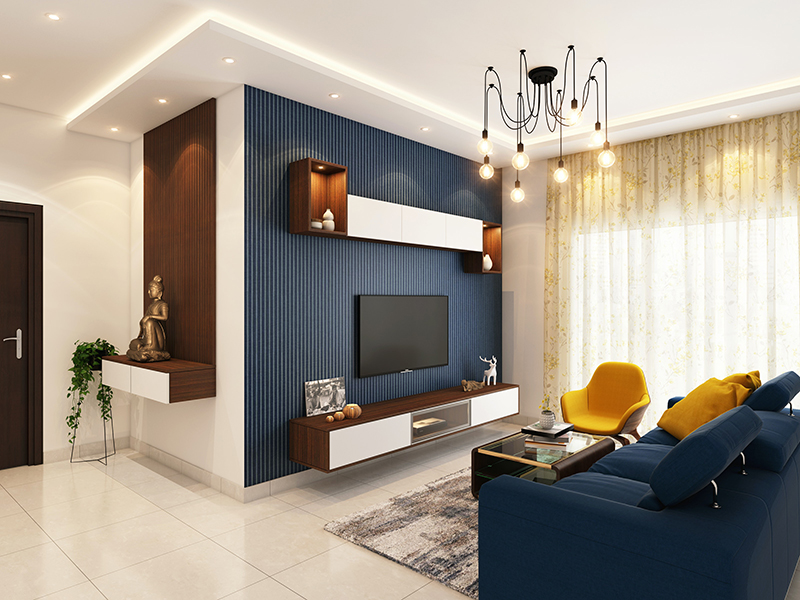
- Warm White – This colour temperature offers an orange or yellow tone. It emits a soft, soothing, and relaxing light which is great for ambience. You can replace a 60W incandescent bulb with a 6W LED bulb and still get that sunny afternoon glow.
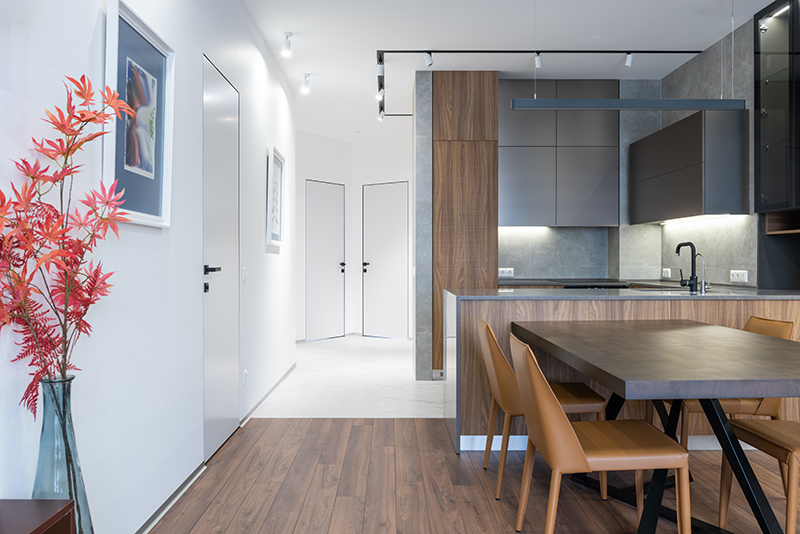
- Cool White – This colour temperature has blue or cool tones, and they produce bright light, perfect for task lighting. Cool white light bulbs are usually around 6,000K. They work well with bold themes, minimally decorated spaces, and a predominantly white room.
- Natural White – This colour temperature has a clean white light free from any yellow or blue tints. You can use them as task lights since it’s bright and easy on the eyes. Natural white light bulbs are usually around 4,000K.
How to Choose between the three?
It isn’t an either/or decision. You can use all in the same room, wire them on different switches, and then use them as you see fit. For instance, you could install warm bulbs for overhead lighting and use cool and natural variants for task lighting. Warm white lights are great for the living room, bedrooms, and hallways. Alternatively, cool temperature bulbs, having too much will look too intense on your homes, so you need to select the areas you’ll install them. The kitchen, bathroom, and office are suitable for such colour temperatures because you have many tasks in those areas. As for natural temperature bulbs, since they are also perfect for task lighting without being too harsh, you can spread them out in your home and install them in the kitchen, closets, storage room, and office.
Different Applications of Cool White, Natural White, and Warm White
- Cool White Light and Natural White Light for Kitchen Worktops. One of the best applications of a cool white and natural white light is over the worktop of a kitchen. They not only create a very modern look, but they’re an effective way of lighting the surface below. Generally, when deciding on a warm white, natural white, or cool colour temperature for your kitchen, you should choose the cool or natural one for task lighting (e.g. for work surfaces) but the warm one if it’s just for ambience.
- Warm White Light for Kitchen Cabinet Base. To utilise warm strip lights, install them on the base of your kitchen cabinets. It will create a relaxing atmosphere as the warm white light shines directly onto a tiled floor.
- Warm, Natural, or Cool White Light for Bedroom Lamps. Depending on the atmosphere you prefer, you can install any colour within your purpose-built bedroom lamps. Each will create a different effect, so you can decide which you prefer.
It’s not about choosing between warm, natural, or cool white lights. The question should be, where to put your warm, natural and cool white lights? If you’re in the market for high-quality LED lights, check out our website!


